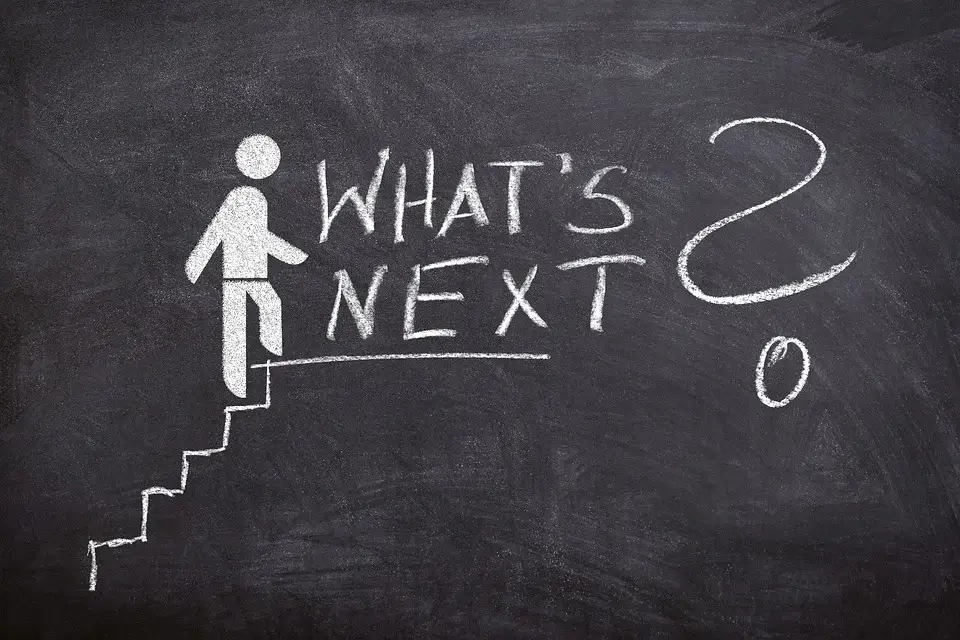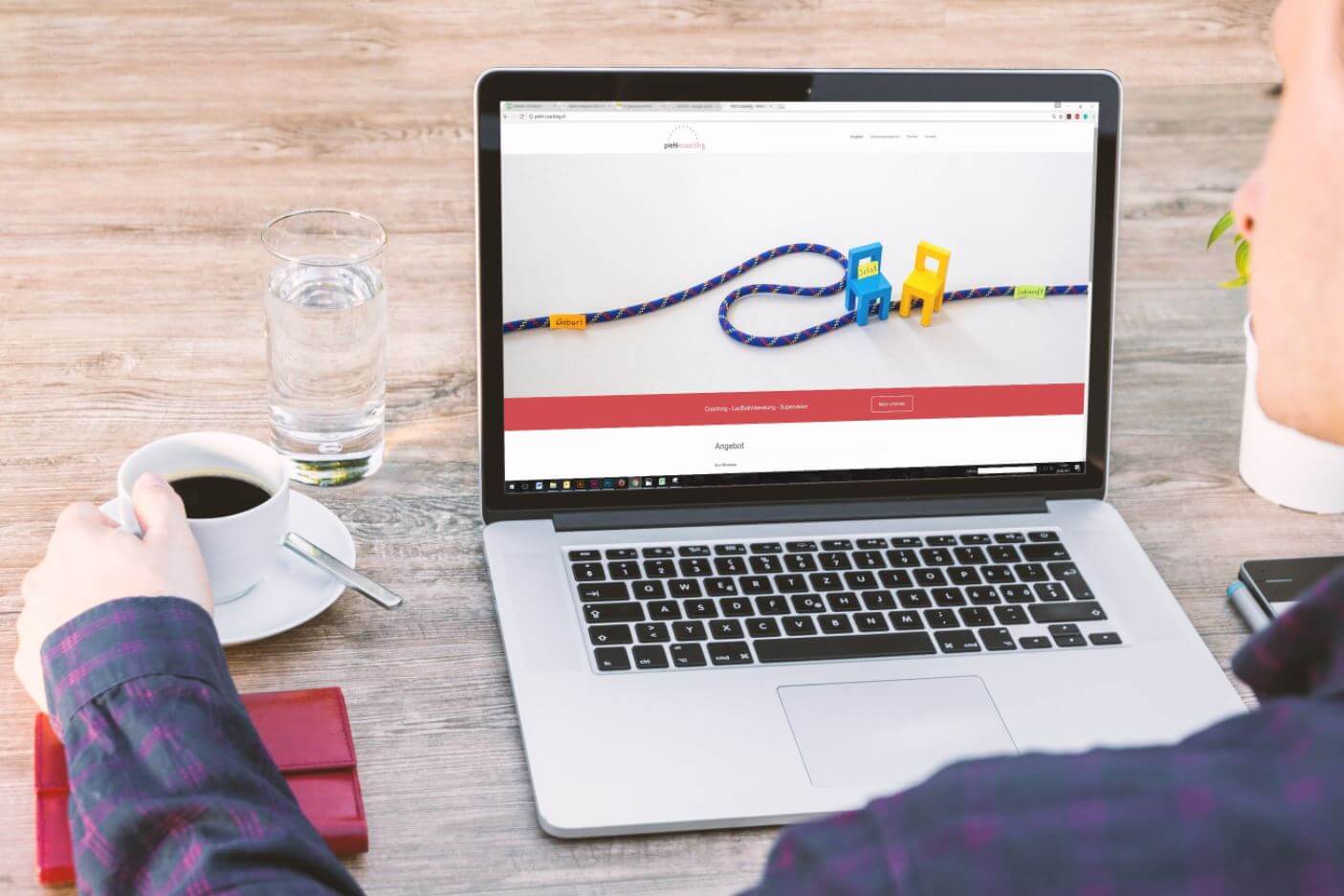The Definition of Experience Design
Compared to UX which has become a quite familiar term, Experience Design is still very new. While the definition itself is still in flux and may come off as abstract, experience design is essentially described as a practice focused on human outcomes. It makes technologies pleasant to use. In a sense, it is broader than UX as it draws connection between business and its customer. Experience design is also closely related to a company’s branding.
Creating Great Customer Experience
So, how can experience design benefit your business? First, it helps to identify what the customers want and create a specially crafted experience catering to them. In this modern time when things are shifting fast to the digital space, many businesses and companies have their own dedicated website or mobile app. Of course, these are made to help the customers in learning more about a certain product and perhaps make a purchase. However, when things go wrong, it may have its consequences.
Here is where experience design comes in. Beyond designing the user experience in using certain online platforms, it covers the whole journey of brand and customer interaction. For example, it considers how a website relates to the image the brand wants to convey, its latest campaign, the products and services it offered, etc. In short, experience design combines multiple channels to create a satisfying customer experience.
As business competition becomes stiffer nowadays, customer satisfaction is something to be put emphasize on. When huge budget has been allocated to marketing and driving the traffic, it is only logical to put real effort in retaining them. Through excellent experience design, business can better engage customers, give them extra values, and improve business outcomes.
The Steps of Experience Design

Experience design involves a series of process. To understand the customer’s motivations and needs, user research is usually conducted through various methods such as focus group and interviews. The data obtained is then used to create user persona which represents a product’s typical or targeted user. With this in mind, the next step is to identify the problems user encounters and find ways to solve them. Designer can then start to sketch and create wireframes. Acting as a visual representation of the design ideas, wireframes may not look pretty, but they provide foundation for the next steps, which is creating product prototypes. Prototypes are used in user testing and useful in examining if the product created is in line with the whole brand of the business. Finally, after obtaining feedbacks through testing, the product can be improved accordingly.
Conclusively, although the process required is not short, experience design can bring real values to your business. It opens up new possibilities in customers management and generates commercial profit in the long run.



